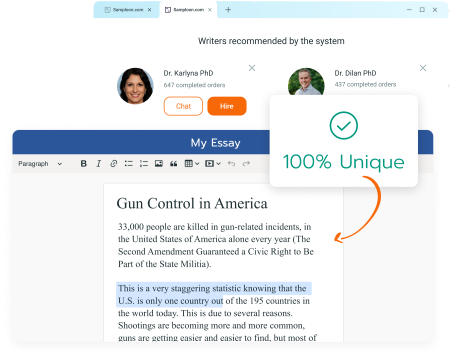It could be seen that verbal communication and non-verbal communication are different around the world. The same word or gesture that is considered to be unharmful for some people may be offensive by others and can create negative effects and possibility damage colleague relationships. Misunderstanding can occur in the workplace where different cultures make various supposition about what is meant by verbal communication and body language. For example, when you ask your co-worker whether he comprehended the report you gave him and he smiles, you may interpret his response as an affirmative. However, in some cultures, this is a non-verbal signal that listener does not understand, and that he needs your explanations for the report (Priti Ramjee, 2017). A typical example of various gesture can cause misinterpretation and cultural conflict has to deal with American and Islamic culture. In North America, a handshake, regardless of gender, is a common workplace gesture, if the person is known about intimate basis where as in Islamic culture, touching, including handshakes between men and woman are disapproved (Priti Ramjee, 2017).
Misinterpretation due to Language Barriers
It is clear that acronyms or abbreviated terms in the workplace are difficult to understand for an associate who is not familiar with the work environment. In addition, when your partners speak language, it is very easy to misinterpret each other. According to Marina Cavallera’s experience, she said when she applied for the position at GPI, during the interview they were discussing quotation, and her interviewer, who were from Egypt, was saying “quote” but to her, it sounded like “court”. It took her a moment to understand what he meant, and she felt so confused when she had to respond but she did not have clue what he was asking about (Marina Cavallera, 2016). It is noticeable that pronunciation can cause confusion and people may feel uncomfortable asking to some to repeat themselves, especially when the situation is stressful.


